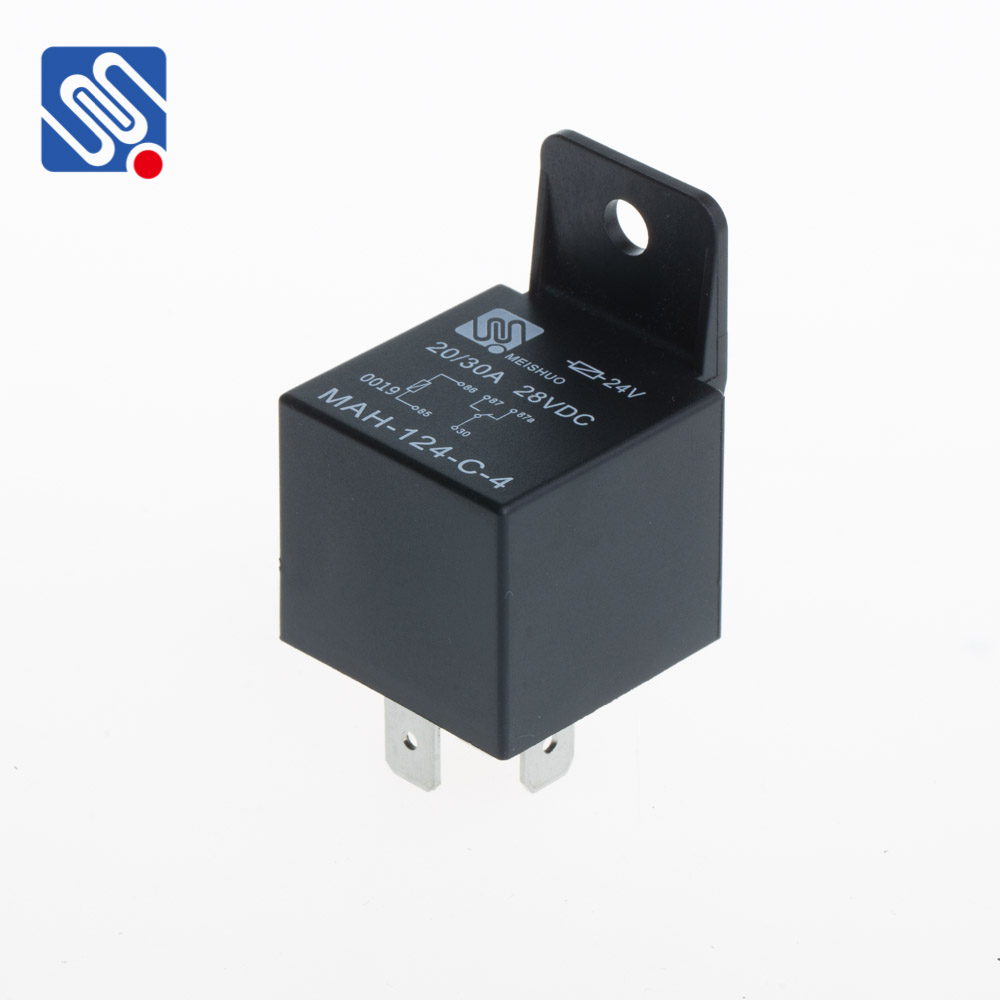Relays are fundamental components in electrical and automation systems, acting as switches that open or close circuits in response to an input signal. Whether used in industrial control, motor protection, or residential applications, understanding the proper operation of relays is crucial for ensuring system reliability and safety. This guide will provide an overview of relay operation, installation, configuration, troubleshooting, and maintenance.

1. Introduction to Relays A relay is an electrically operated switch that controls the opening and closing of electrical circuits. It consists of a coil, an armature, and contacts. When an electrical current passes through the coil, it creates a magnetic field that pulls the armature, thus activating or deactivating the contacts. Relays are often used in situations where it is necessary to control a large current with a small input signal or when isolation between different parts of a system is required. 2. Types of Relays There are several types of relays, each designed for specific applications: